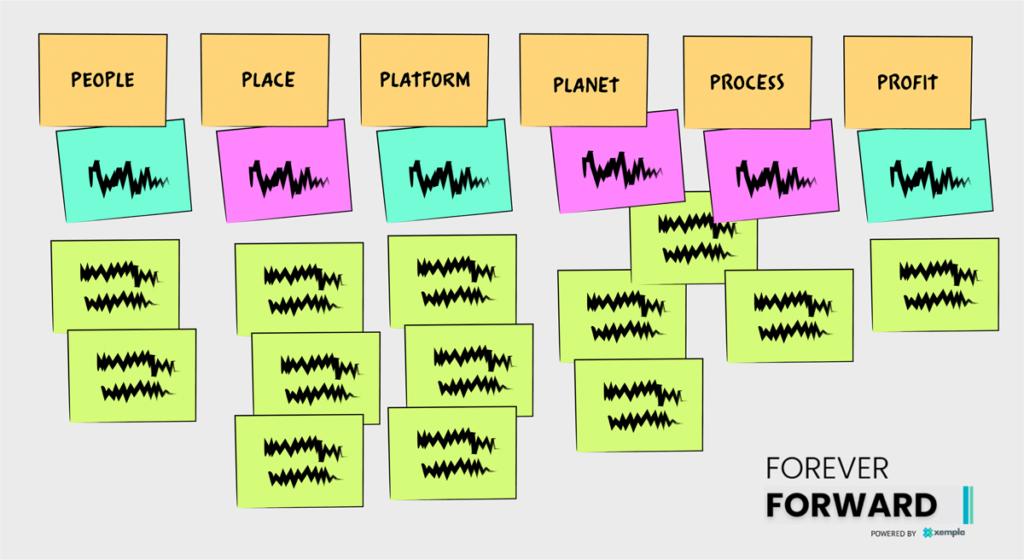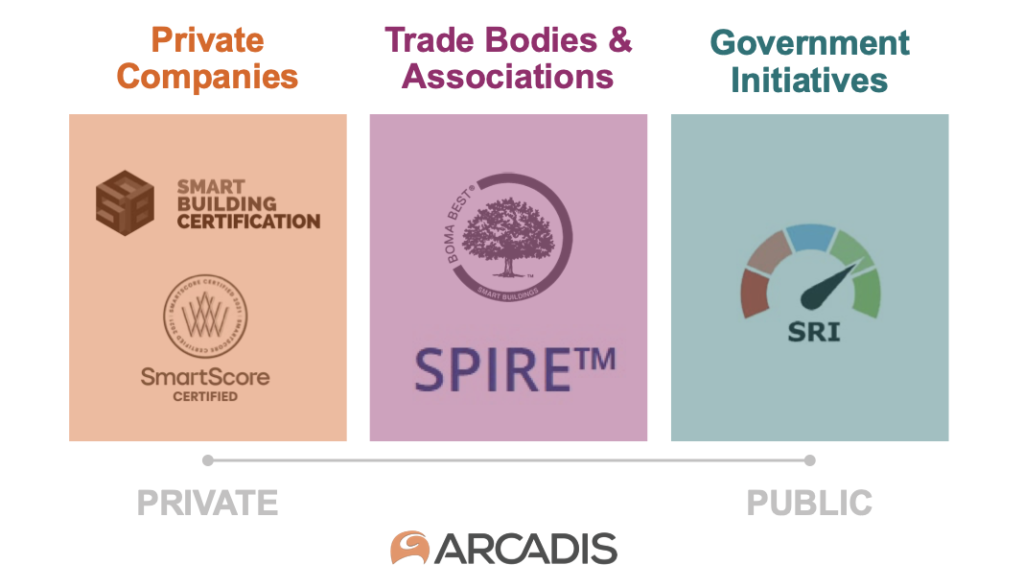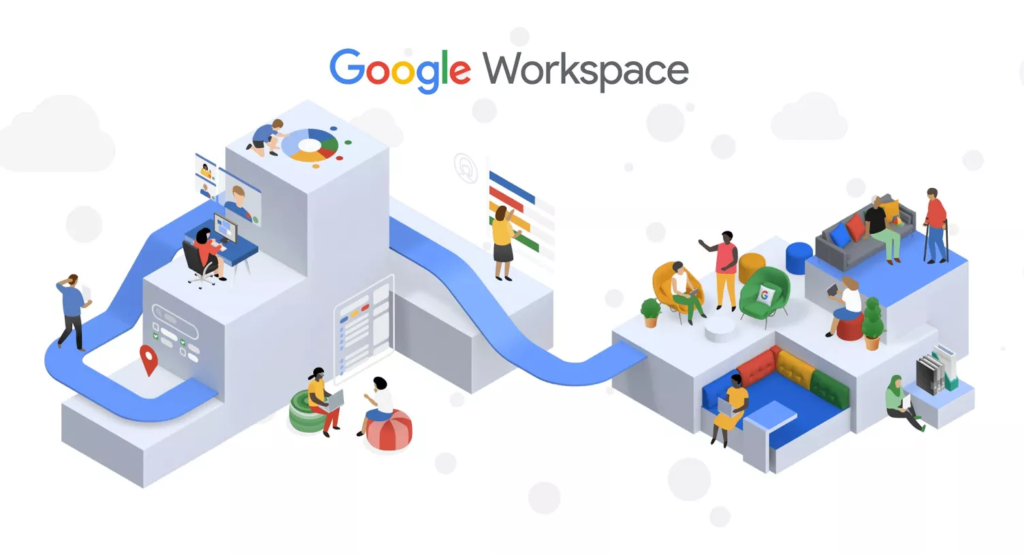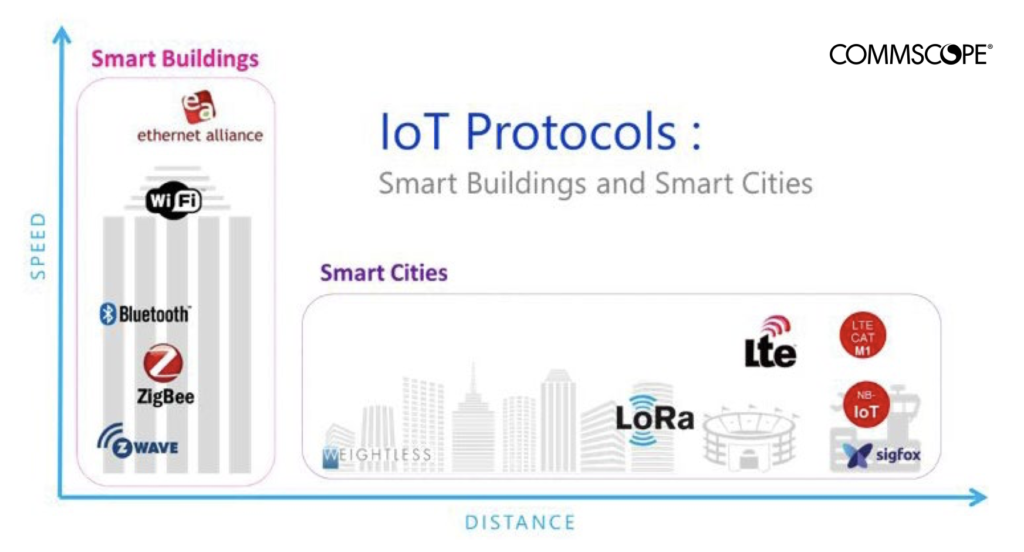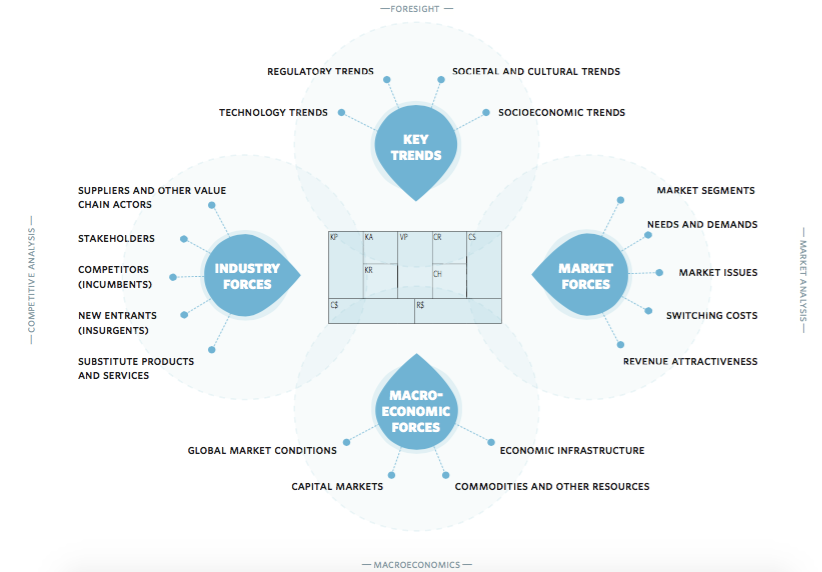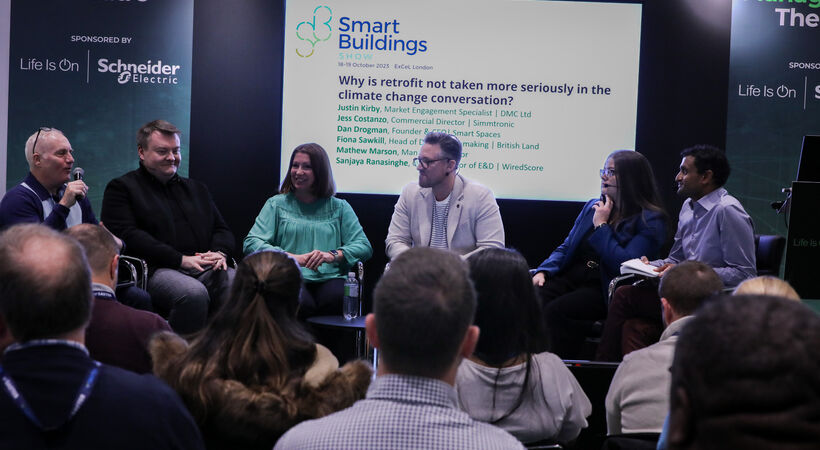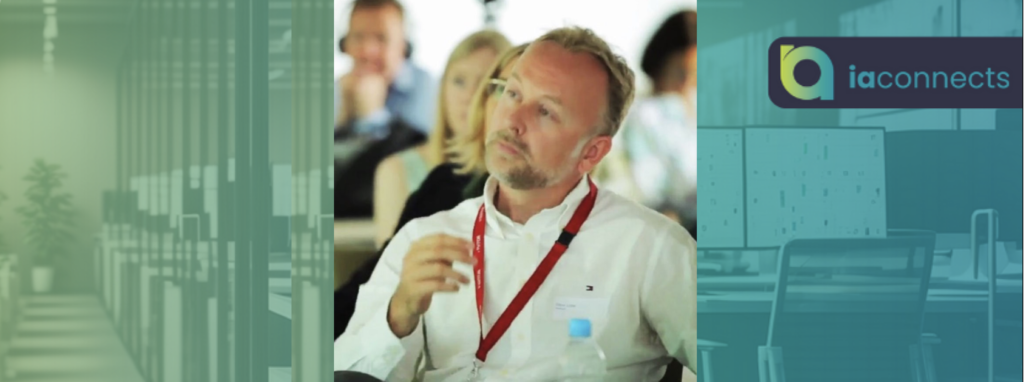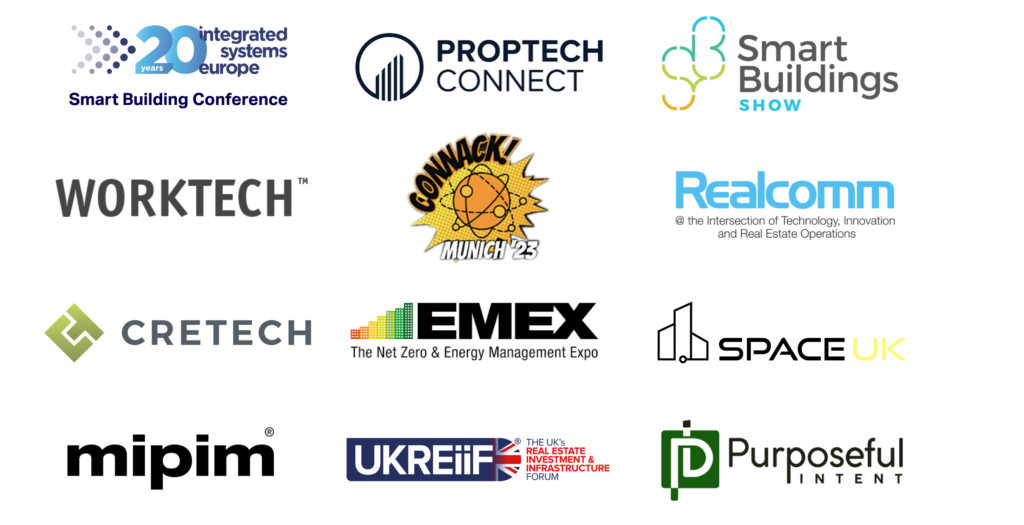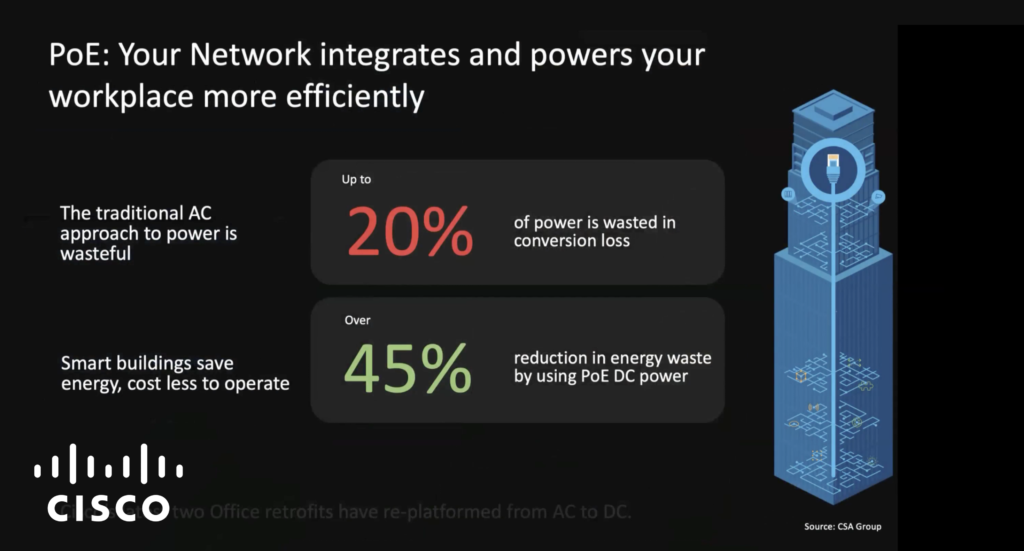
As mentioned on LinkedIn, last year I facilitated a round table with mostly Developer/Owner/Operator participants that I wrote-up for Smart Buildings Mag (see here). That discussion and surrounding outreach shaped not only the 5 other gatherings I subsequently curated, but also much of what I wrote about on LinkedIn.
To kick things off this year, I am facilitating a Round Table on Smart Enablement kindly hosted by the folks at LMG (lmgiq.com) on Tuesday 6th February. In this post, I try and explain a little about who, what, how and why.

